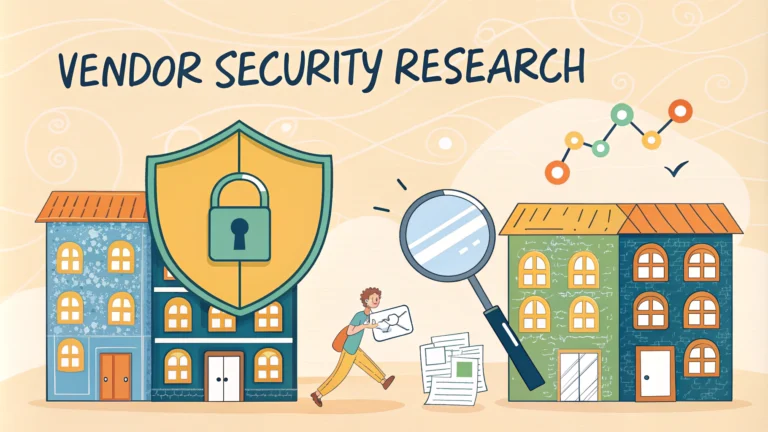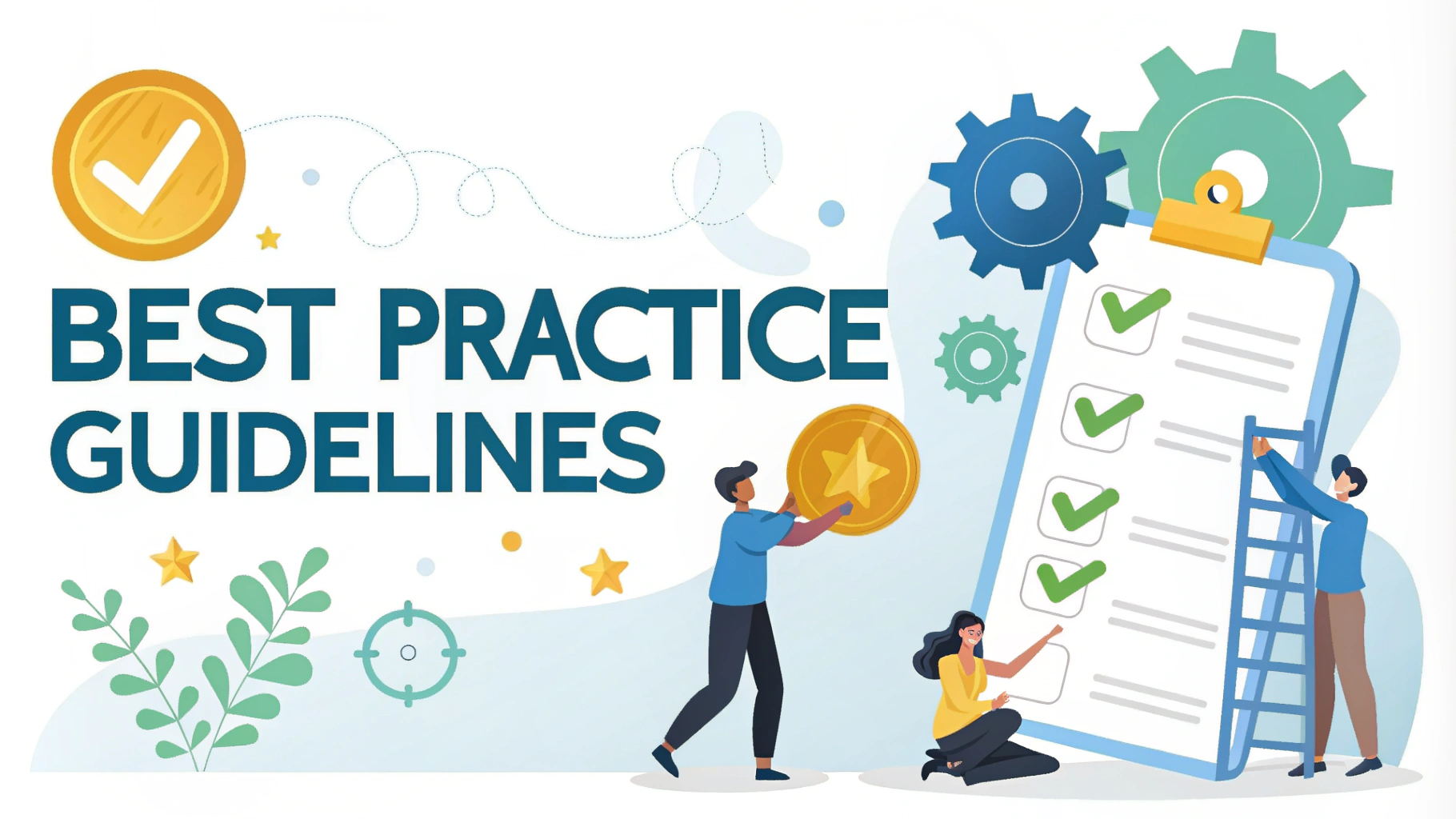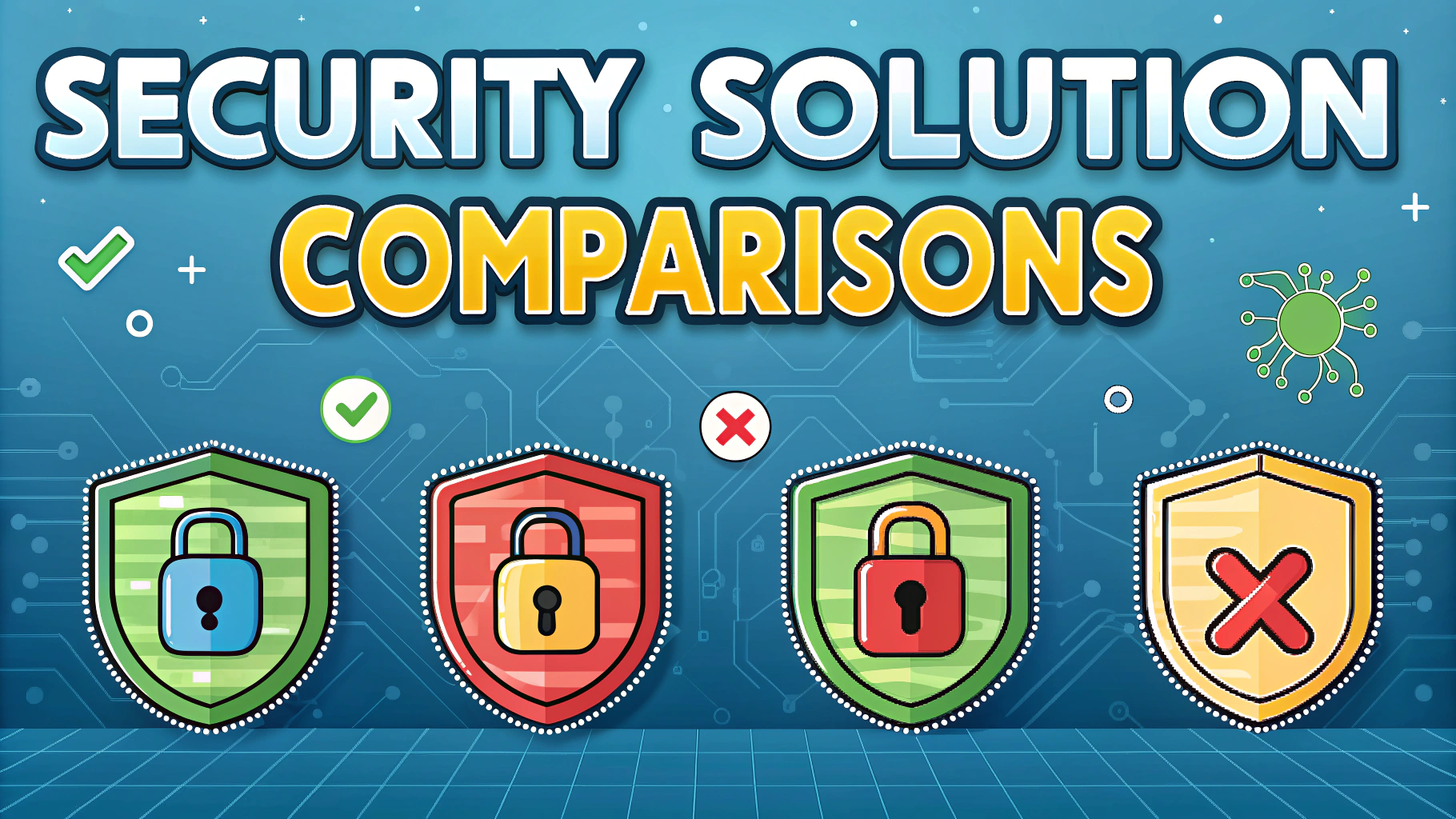Vendor security research and penetration testing helps organizations identify vulnerabilities in third-party systems before cybercriminals can exploit them.
Testing vendor security posture requires specialized knowledge, tools and methodologies to properly assess risks while maintaining compliance and avoiding disruption.
This guide covers the key steps, best practices and tools needed to effectively evaluate vendor security through penetration testing and security research.
Getting Started with Vendor Security Testing
Always obtain explicit written permission before conducting any security testing against vendor systems or applications.
- Review vendor contracts and agreements for testing clauses
- Document scope, timeline and testing boundaries
- Set up emergency contact procedures
- Confirm testing windows with vendor teams
Key Testing Areas
- External network infrastructure
- Web applications and APIs
- Mobile applications
- Authentication mechanisms
- Data storage systems
- Cloud service configurations
Essential Testing Tools
| Tool Type | Popular Options |
|---|---|
| Network Scanners | Nmap, Nessus, OpenVAS |
| Web App Scanners | Burp Suite, OWASP ZAP, Acunetix |
| API Testing | Postman, SoapUI, JMeter |
| Mobile Testing | MobSF, Drozer, Frida |
Testing Methodology
- Reconnaissance and information gathering
- Vulnerability scanning
- Manual security testing
- Exploitation attempts (with permission)
- Documentation and reporting
Common Vendor Security Issues
- Outdated software versions
- Insecure API endpoints
- Weak access controls
- Unencrypted data transmission
- Poor password policies
- Misconfigured cloud services
Reporting and Documentation
Document findings with clear evidence, impact ratings, and remediation recommendations.
- Include screenshots and proof of concepts
- Prioritize issues by risk level
- Provide specific remediation steps
- Set reasonable fix timelines
- Track vendor responses and fixes
Legal and Compliance Considerations
- Review relevant regulations (GDPR, HIPAA, PCI DSS)
- Document testing authorization
- Maintain confidentiality of findings
- Follow responsible disclosure practices
Moving Forward with Vendor Security
Regular security assessments help maintain strong vendor security posture over time.
- Schedule periodic retesting
- Monitor vendor security updates
- Maintain open communication channels
- Update testing scope as needed
- Document lessons learned
Testing Best Practices
- Use multiple testing tools for comprehensive coverage
- Maintain detailed testing logs and evidence
- Follow a systematic testing approach
- Test during approved maintenance windows
- Verify findings to eliminate false positives
Test Environment Requirements
- Isolated testing networks
- Production-like data samples
- Required access credentials
- Backup systems and rollback procedures
- Monitoring tools for impact assessment
Risk Management Strategies
Implement risk mitigation measures throughout the testing process.
- Create incident response procedures
- Establish testing boundaries
- Monitor system performance
- Document all testing activities
- Maintain secure communications
Continuous Security Assessment
Develop an ongoing vendor security program for sustained risk management.
- Implement continuous monitoring
- Conduct regular security reviews
- Track security metrics
- Update testing procedures
- Maintain vendor security scorecards
Strengthening Vendor Security Partnerships
Building strong security relationships with vendors ensures long-term protection of shared assets and data.
- Establish clear security expectations
- Share threat intelligence
- Collaborate on security improvements
- Maintain regular security reviews
- Plan for future security challenges
FAQs
- What is vendor security research (penetration testing)?
Vendor security research is a systematic process of evaluating the security of a vendor’s systems, applications, or products through authorized simulated attacks to identify vulnerabilities and weaknesses. - Why is vendor penetration testing important for organizations?
It helps identify security gaps in third-party vendors, ensures compliance with regulatory requirements, validates vendor security claims, and reduces the risk of supply chain attacks. - What are the key areas covered in vendor penetration testing?
Testing typically covers network infrastructure, web applications, APIs, mobile applications, cloud configurations, authentication mechanisms, and access controls provided by the vendor. - How often should vendor penetration testing be conducted?
Testing should be performed at least annually, after major system changes, during vendor onboarding, or as required by compliance standards like PCI DSS, HIPAA, or SOC 2. - What are the common methodologies used in vendor penetration testing?
Common methodologies include OWASP Testing Guide, NIST SP 800-115, PTES (Penetration Testing Execution Standard), and OSSTMM (Open Source Security Testing Methodology Manual). - What deliverables should be expected from vendor penetration testing?
Deliverables include detailed technical reports, executive summaries, vulnerability assessments, risk ratings, remediation recommendations, and retest verification reports. - What permissions are needed to conduct vendor penetration testing?
Written authorization from the vendor, scope definition, testing windows, emergency contacts, and rules of engagement must be established before testing begins. - How should vendors address identified vulnerabilities?
Vendors should prioritize vulnerabilities based on risk levels, provide a remediation timeline, implement fixes, and undergo retesting to verify successful remediation. - What are the legal considerations in vendor penetration testing?
Testing must comply with relevant laws, NDAs, contractual obligations, data protection regulations, and should avoid service disruption or data breaches. - What tools are commonly used in vendor penetration testing?
Popular tools include Burp Suite, Nmap, Metasploit, OWASP ZAP, Acunetix, Nessus, and custom scripts for specialized testing scenarios.








